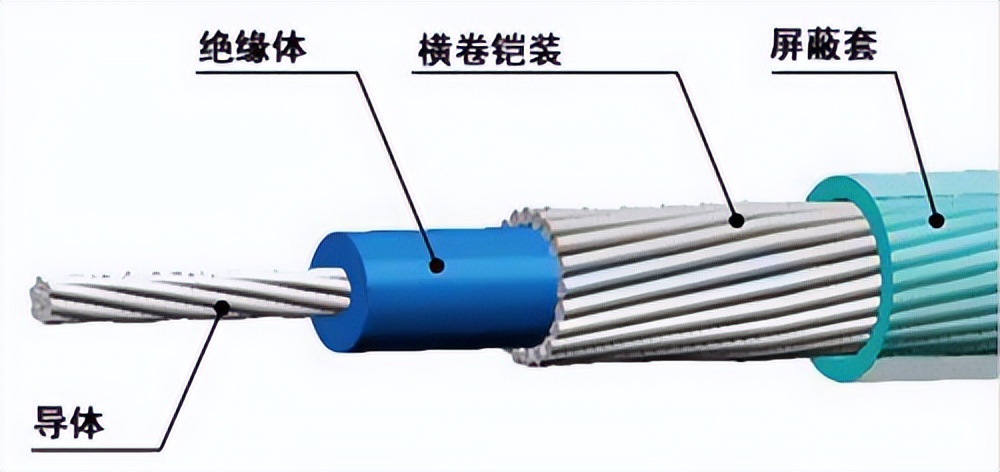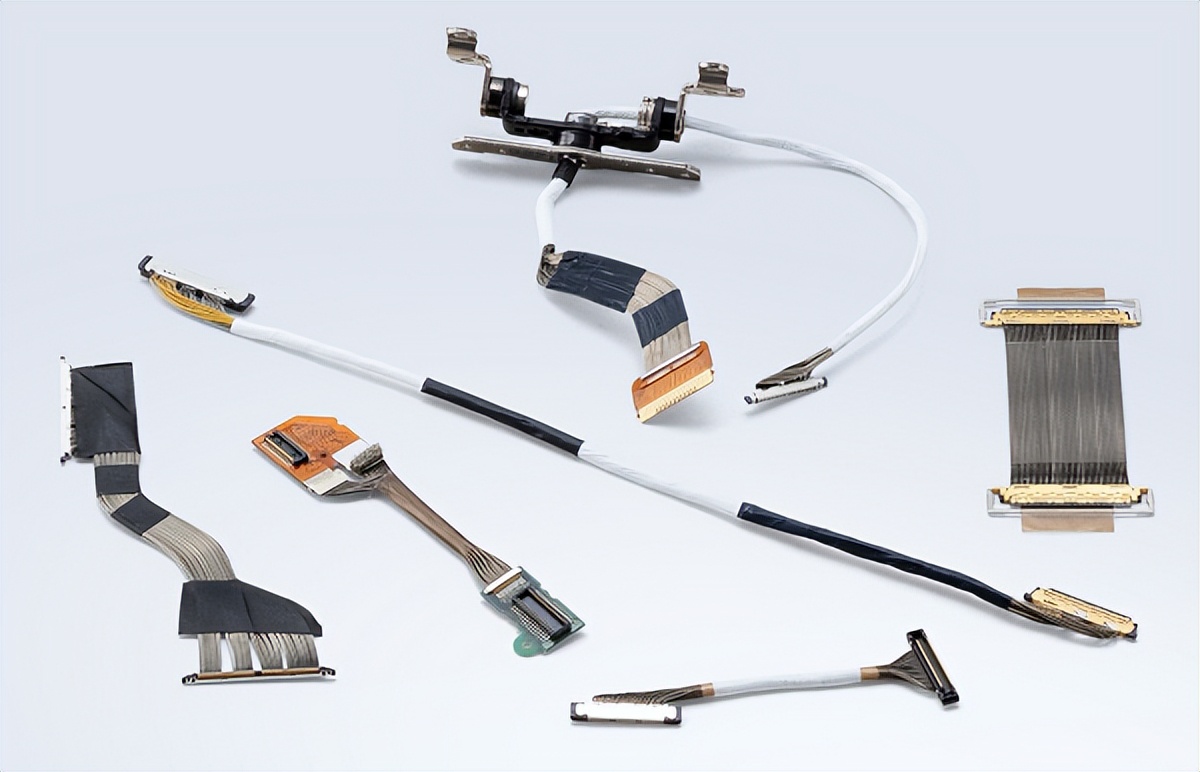Categorization:Harness Component
In the field of high-speed signal transmission, ultra-thin coaxial cables (Micro Coaxial Cable) are widely used in medical imaging, consumer electronics, automotive electronics, and industrial equipment due to their lightweight, flexible, and excellent electrical properties. In order to ensure the integrity of high-speed differential signals, the design of the shielding structure has become a key factor in determining performance.
The basic function of blocking
The core function of the shielding layer is to suppress external electromagnetic interference (EMI) and reduce crosstalk between cables. For extremely thin coaxial cables with small diameters and dense arrangement, if the shielding is insufficient, high-frequency signals are prone to interference, leading to signal distortion or increased error rate. Therefore, the shielding design not only affects the transmission quality but also concerns the overall stability and reliability of the system.
Part Two: Common Shielding Structures
(1)Single-layer woven shielding: made of metal wire, with high coverage, suitable for medium and low frequency transmission scenarios.
(2) Copper foil + woven composite shielding: The copper foil layer provides nearly full coverage electromagnetic shielding effect, while the woven layer enhances mechanical strength and conductivity.
(3) Multi-layer shielding structure: In high-speed transmission systems such as MIPI, LVDS, and USB4, multi-layer shielding can effectively resist complex electromagnetic environmental interference and ensure high signal integrity.
Section 3: Special Features of Ultra-Fine Coaxial Beam
The wire diameter of Micro coaxial cable is usually only 0.3mm to 0.5mm, which greatly challenges the balance of shielding design. Designers must ensure excellent electrical performance while also considering flexibility and workability. An overly thick shielding layer will limit the bending performance, while an overly thin one may reduce the interference resistance. Therefore, fine-tuned optimization must be carried out in aspects such as material selection (such as silver-plated copper wire), weaving density, and the combination technology of shielding layer and sheath, in order to achieve a balance between performance and flexibility.
Four, future development trends
With the continuous growth in bandwidth requirements for medical endoscopic modules, high-definition cameras, and flat panel display devices, the shielding technology of extremely thin coaxial cables is evolving towards the direction of "lightweighting and high performance in parallel." New technologies such as novel nano-shielding films, high-density weaving, and ultra-thin metal coatings will further enhance the anti-interference capability while maintaining flexibility, providing a more stable signal guarantee for the next generation of high-speed transmission systems.
The shielding structure is one of the core links in the design of extremely fine coaxial cable束,which directly determines the signal integrity and system reliability. Rational shielding design can not only significantly improve transmission quality but also ensure the long-term stable operation of the equipment in complex electromagnetic environments.
We areSuzhou Huichengyuan Electronic Technology, focuses on the design and manufacturing of extremely fine coaxial cable assemblies, and continuously shares engineering experience and application cases of high-speed signal transmission. Welcome to follow and communicate, and discuss more efficient interconnection solutions together. If you have related needs or wish to learn more, please contact:Manager Zhang 18913228573 (WeChat same number)。